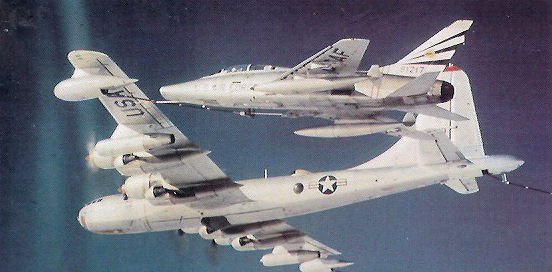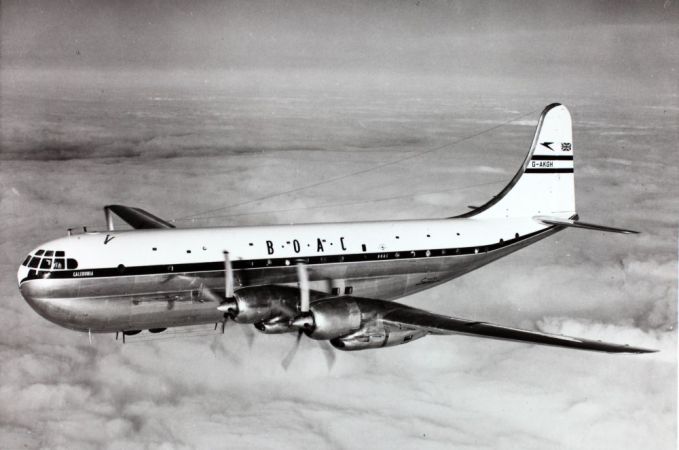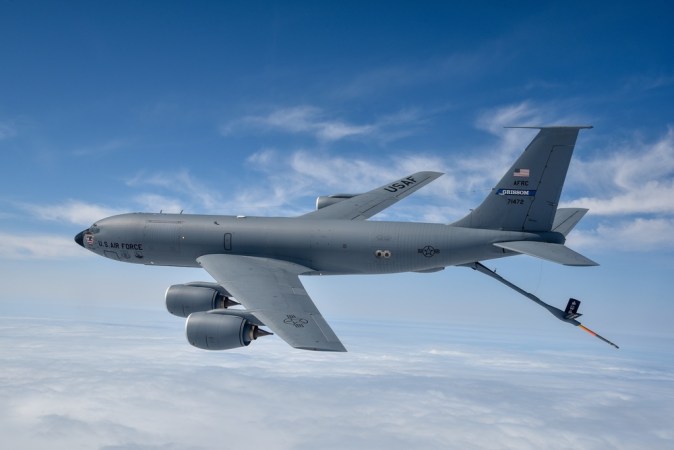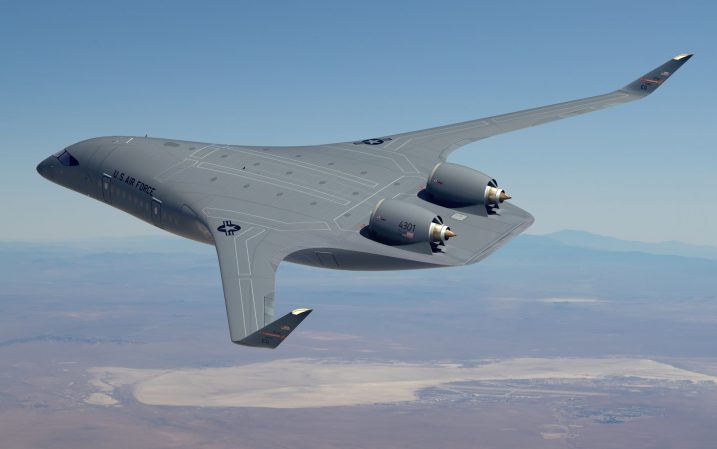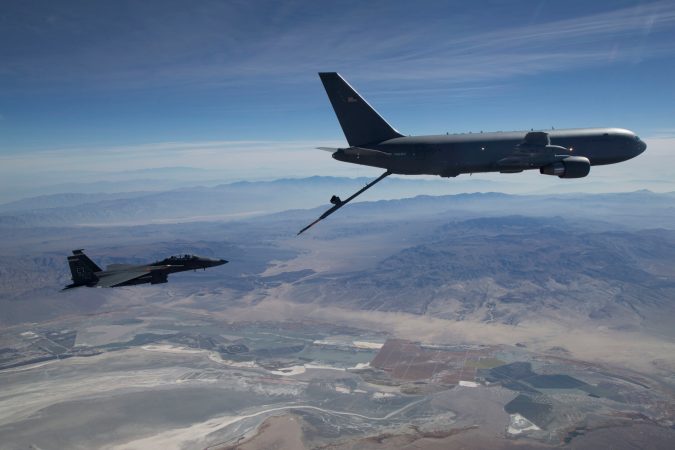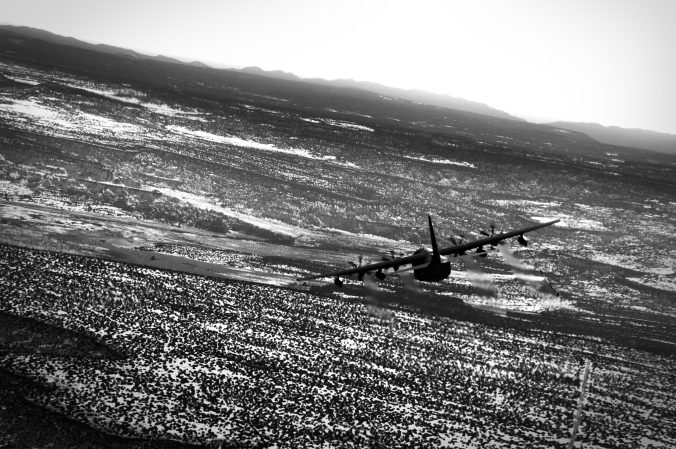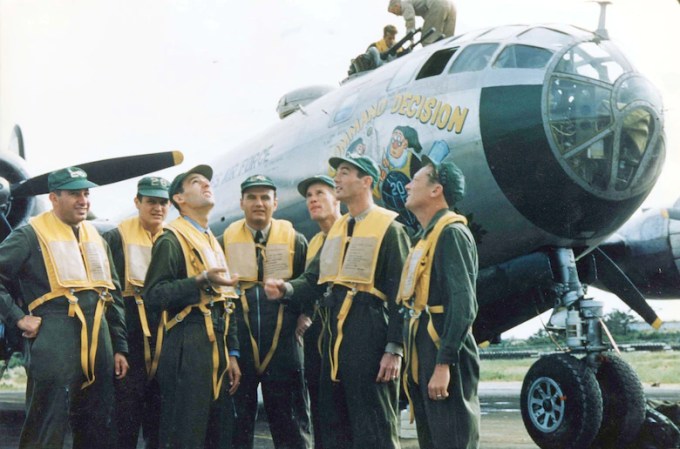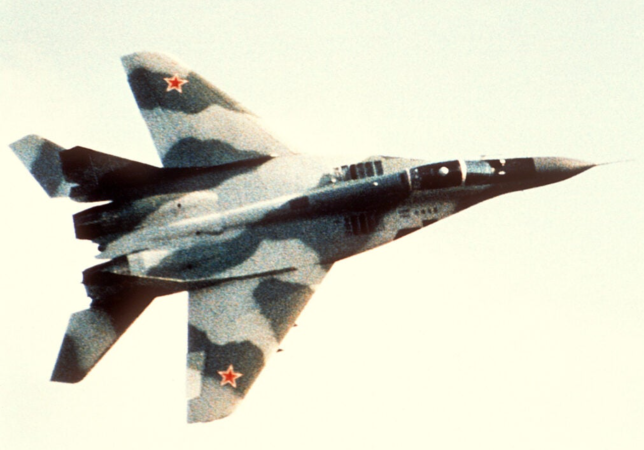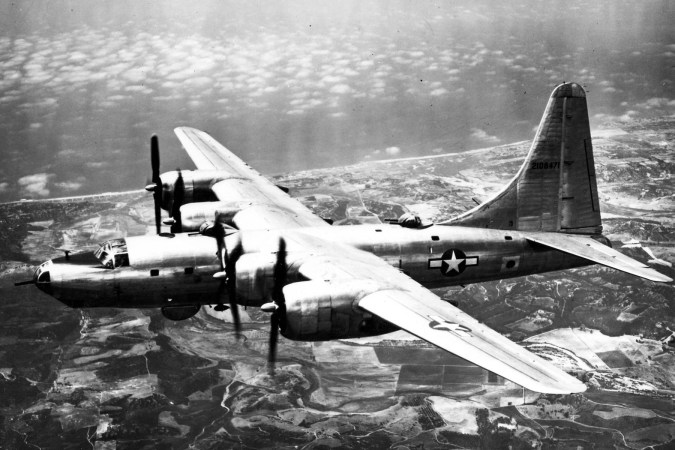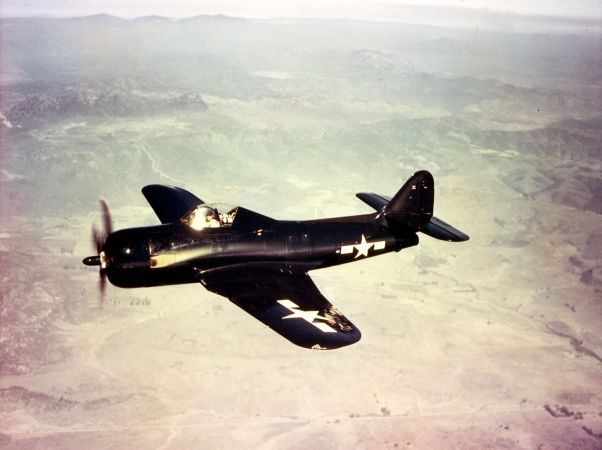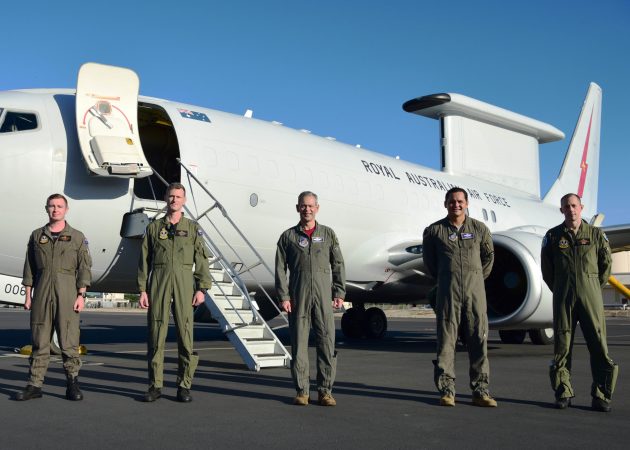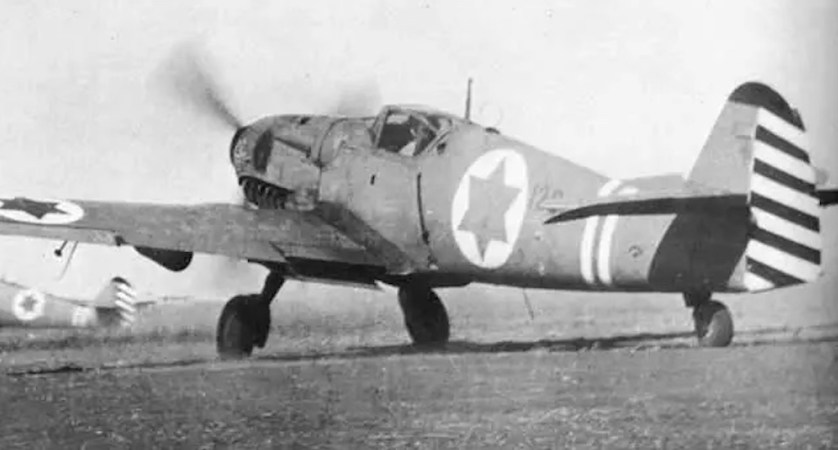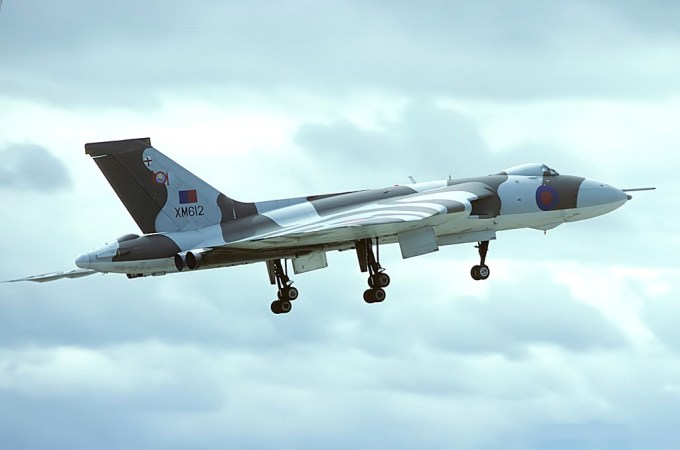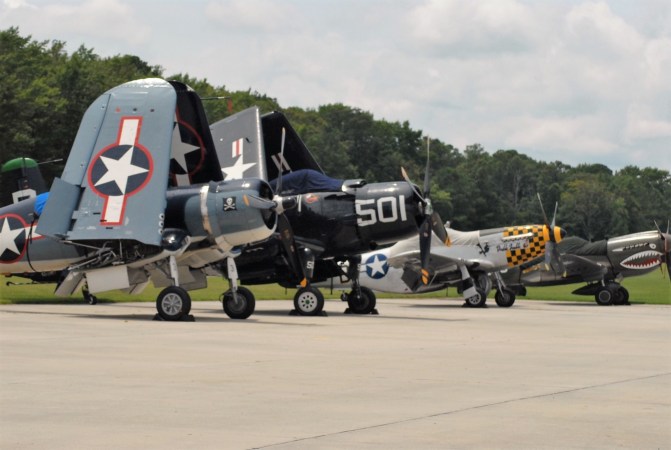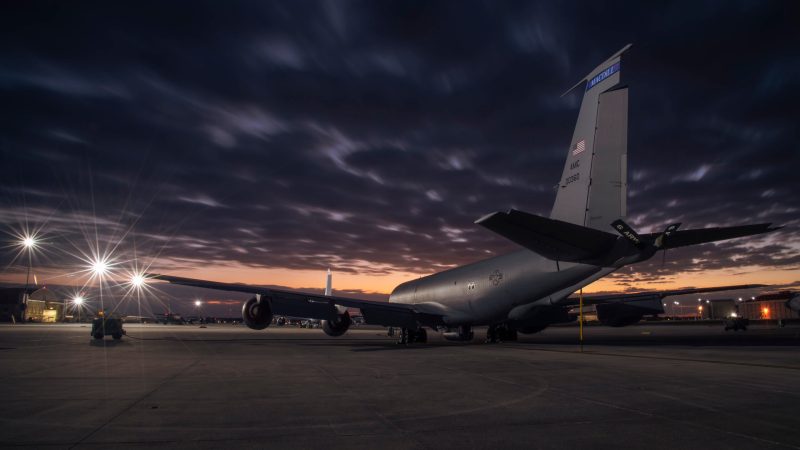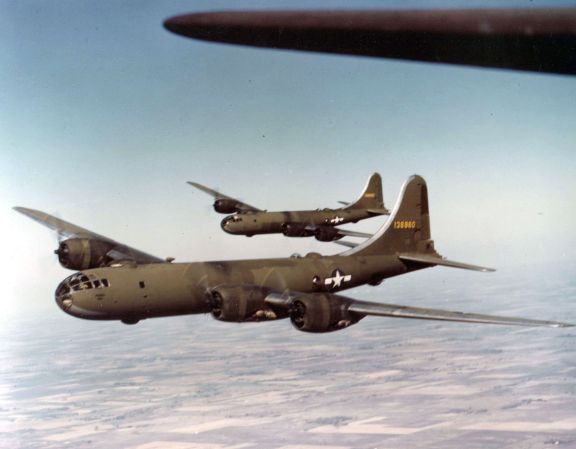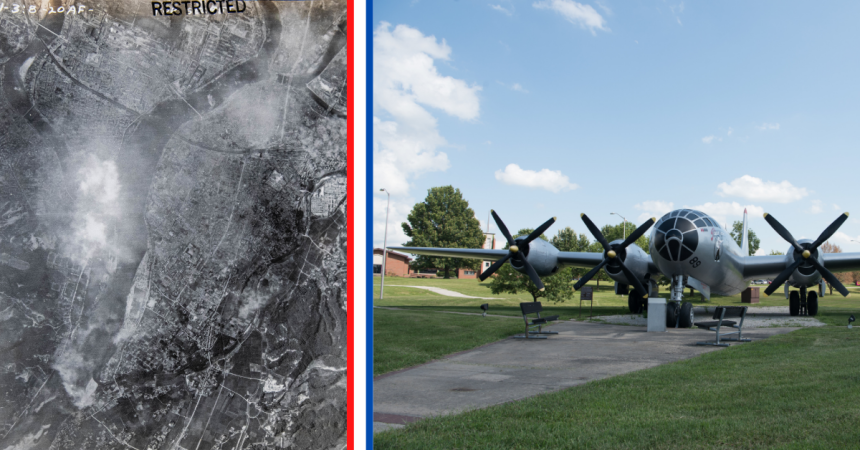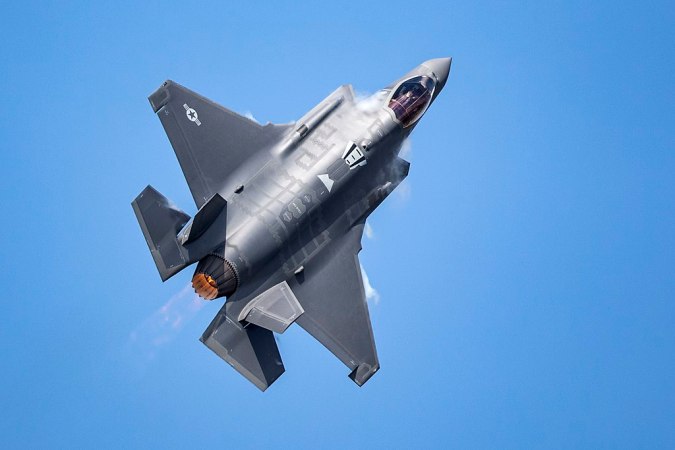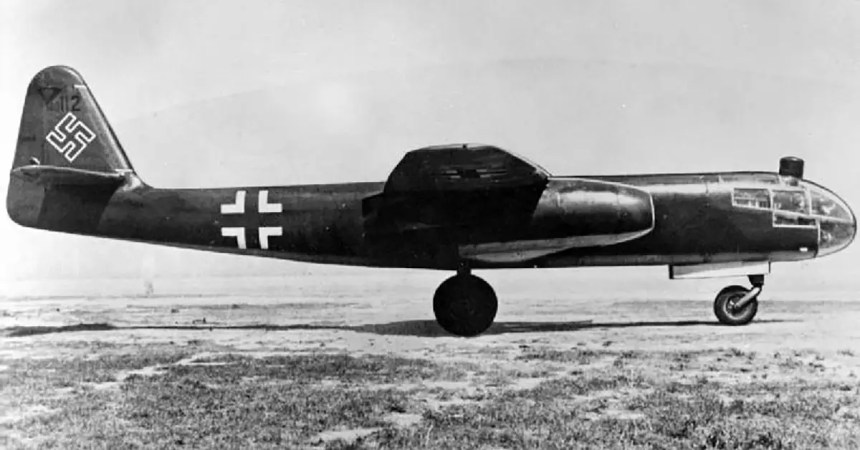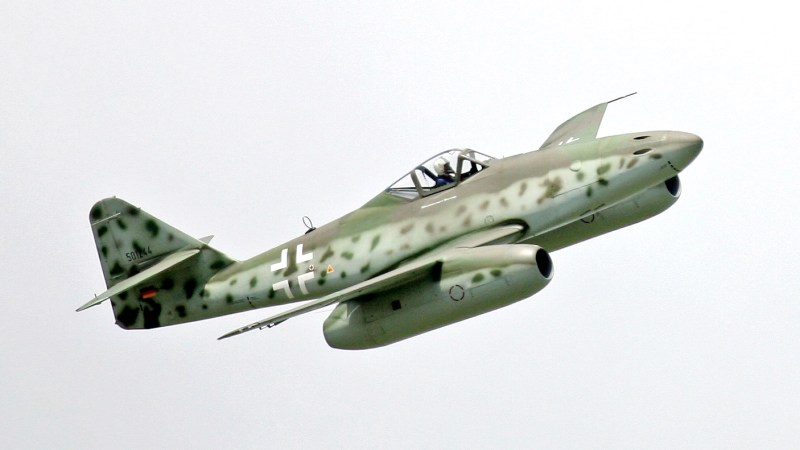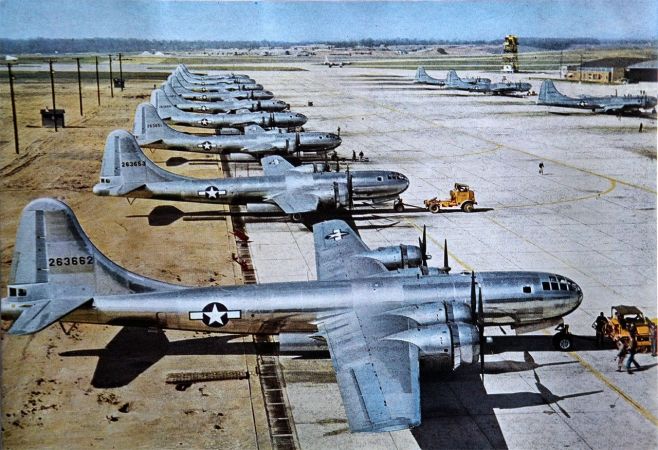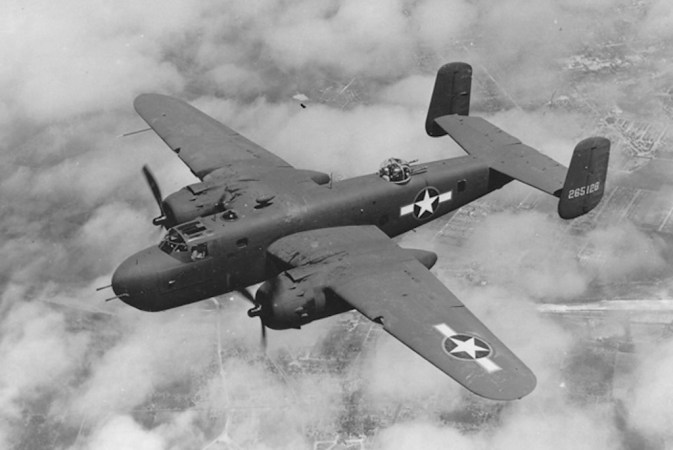The Boeing B-29 Superfortress is famous as the first and only aircraft to drop nuclear weapons in combat. B-29s Enola Gay and Bockscar dropped the atomic bombs Little Boy and Fat Man on Hiroshima and Nagasaki, respectively, to end WWII. With its pressurized cabin, four powerful engines, and remote-controlled turrets, the Superfortress was the pinnacle of bomber technology for its time. However, with the dawn of the jet age, the propeller-powered heavy bomber had to adapt to remain relevant in the new U.S. Air Force.

Introduced in 1948, the B-50 Superfortress was a revision of the B-29. With more powerful engines, a stronger structure, taller vertical stabilizer, and redesigned cockpit, the B-50 aimed to keep the Superfortress in the air as aviation technology evolved. In fact, the improvements made from the B-29 kept the B-50 in service for nearly two decades before its retirement in 1965. Part of the aircraft’s success was its adaptability. The same features that made the B-50 an excellent strategic bomber allowed it to serve as a photo reconnaissance platform, survey aircraft, and aerial refueling tanker, even for jets.

Designated the KB-50, the tanker Superfortress carried two large fuel tanks in its bomb bay instead of ordnance. Two drogue hose pods were mounted to the wingtips while a third replaced the tail gunner’s position. The first B-50 was converted to a KB-50 in 1956. The next year, two General Electric J47 turbojet engines were mounted under the outer wings. Designated the KB-50J, this propeller-jet hybrid tanker was able to safely refuel faster aircraft, including fighter jets.

Despite the age of its original design, the KB-50J served for nearly a decade. The Superfortress tanker served as the basis of the KC-97 Stratofreighter aerial tanker. Both aircraft served to enable the Air Force’s Strategic Air Command’s global reach until the introduction of the jet-powered KC-135 Stratotanker. The KB-50 last served as an emergency tanker for fighter jets over Vietnam. On October 14, 1964, corrosion was discovered in a KB-50J that crashed in Thailand. As a result of the subsequent investigation, the Air Force retired all B-50 variants early in March 1965.


